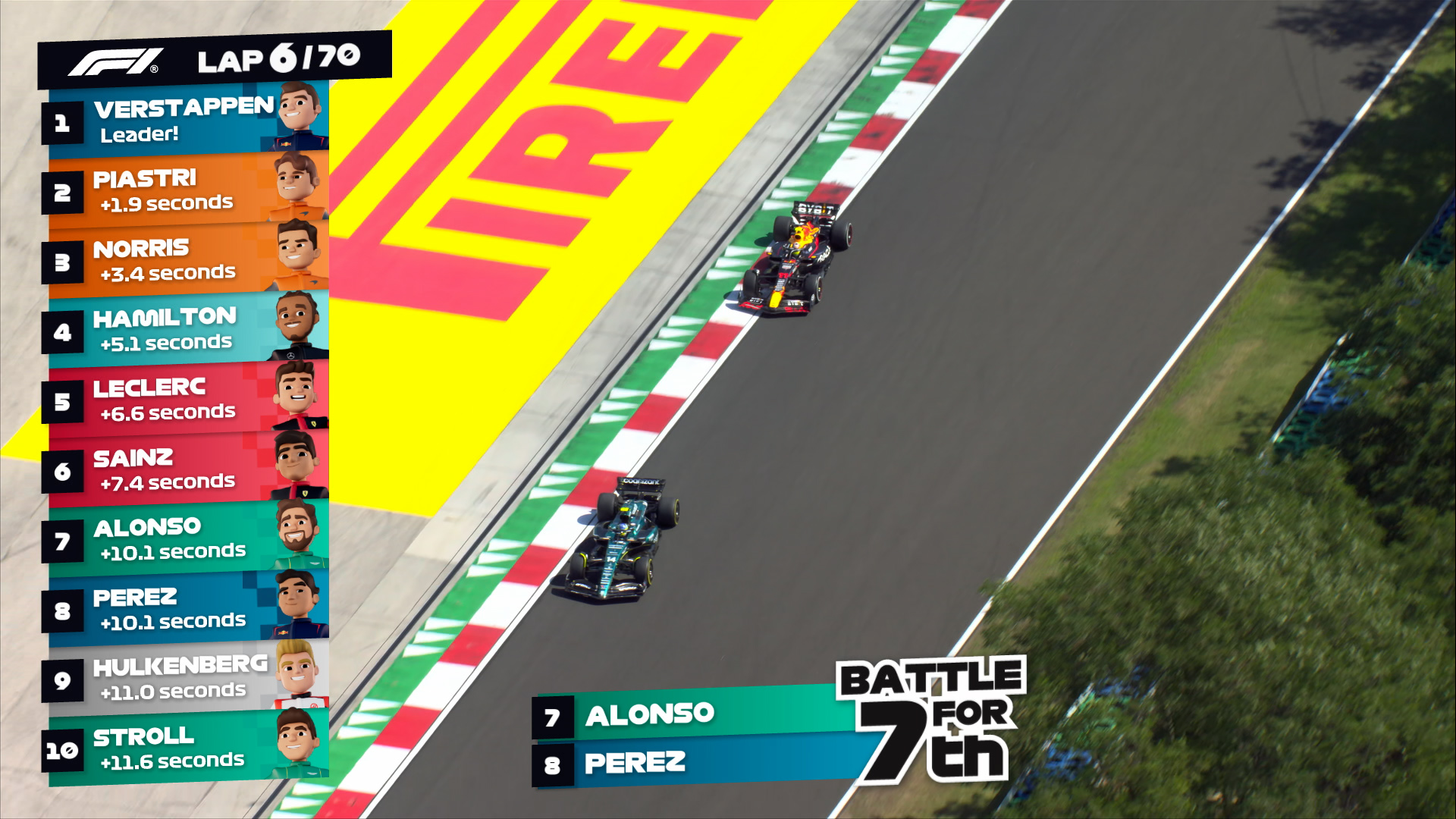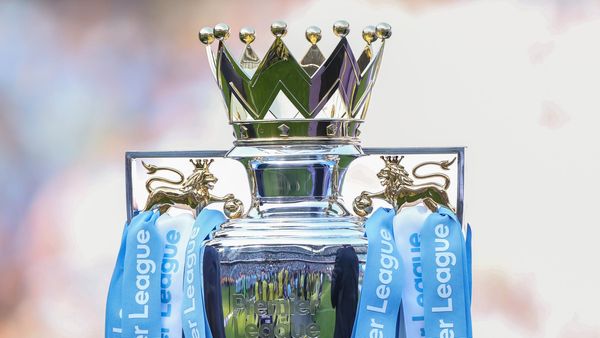
If you're a petrolhead, you'll likely spend every Sunday eagerly watching Formula 1. The racing series has long been considered the pinnacle of motor racing, with the top drivers in the world going head-to-head over fractions of a second.
However, if you've got kids, you may also struggle to keep them entertained by the action. While watching cars speed round corners and battle for places is great for us, it may be lost on younger viewers.
Fortunately, Sky has come up with a plan. Debuting at the Hungary Grand Prix last weekend, the F1 streaming service provided a new offering, with a broadcast designed specifically for kids. This overlays the racing with 3D augmented graphics and driver avatars, to make the action more engaging for a younger audience, and is available to viewers in the UK and on Sky Germany.
This includes a host of subtle changes. For example, when the leaderboard is shown on the left-hand side of the screen, it includes the driver avatars. That overlays the team colours, while time gaps are only shown to a tenth of a second, rather than the thousandth of a second shown on the full broadcast. That should make it much easier to grasp.
Other events in the race are also given a child-friendly aesthetic. When someone makes a pit stop, a sign appears from the right-hand side of the screen. Again, that features the driver name, and is shown in team colours.
When a yellow flag is waved, a graphic appears at the top of the screen. Beneath it are the words "hazard ahead, reduce speed." That should help those unfamiliar with motorsports understand what is happening and what it means for the racing action.
At certain points, infographics appear which offer educational insight, too. For example, during the formation lap, the graphic explains what that means and what it allows the drivers to do.
It's a great offering. If you've been watching along for years, you'll likely be familiar with the intricacies of the sport. That's not something which younger fans will have, though. The graphics and educational offerings should help them to understand what is happening, without feeling overwhelmed by the slightly clinical nature of the traditional broadcast.
At the moment, the service isn't confirmed to return for any other races, though the team are hoping to bring it back again in the future. I certainly hope it does, too. As a way of getting a new generation engaged in the sport, it seems like a no brainer.










